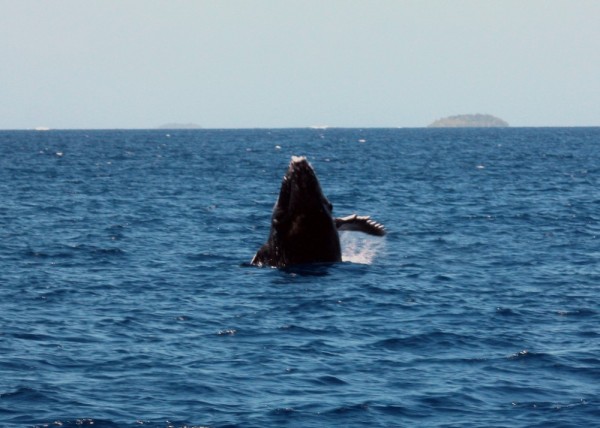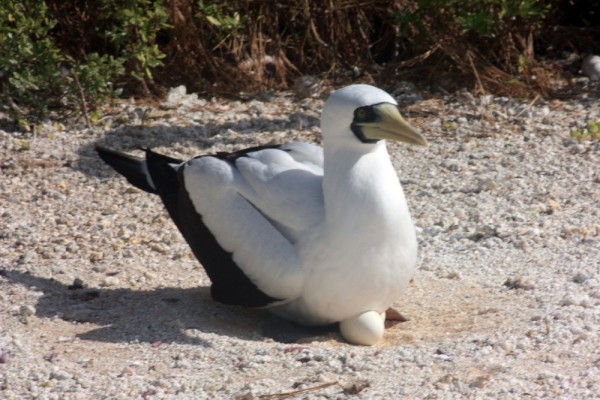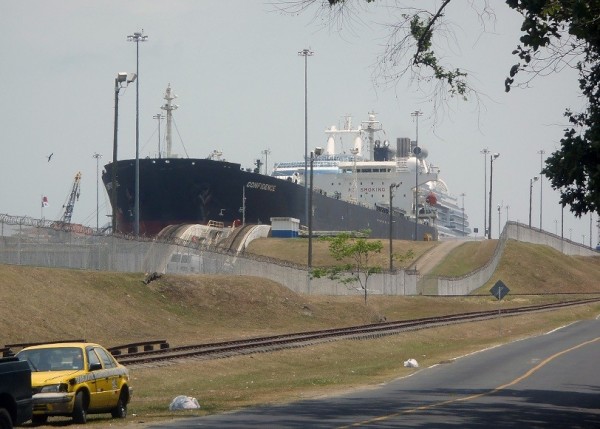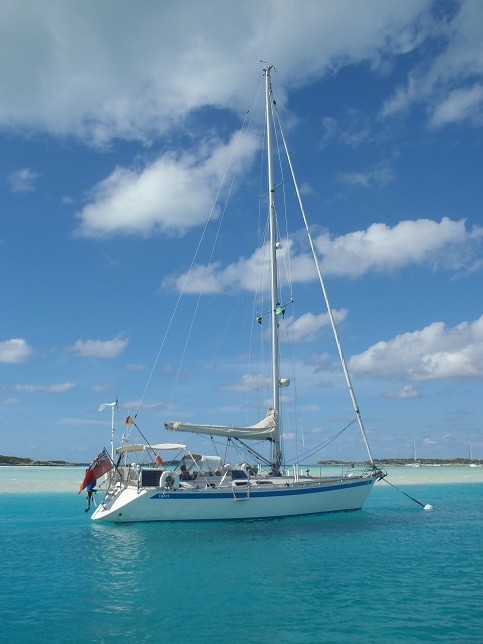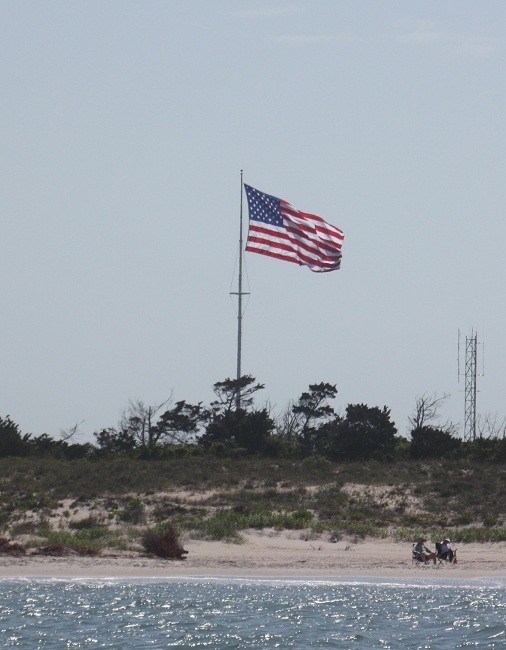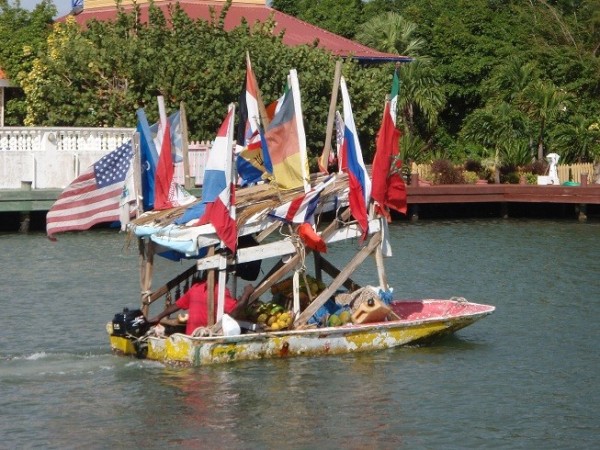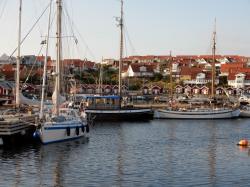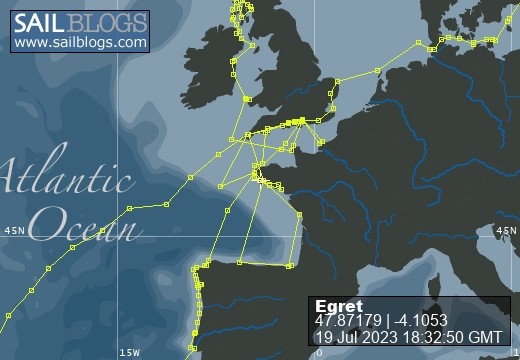
Egret
09 August 2022 | Picture: The Sunk Inner Light Vessel in the Thames Estuary
03 August 2022 | Egret at the Royal Norfolk and Suffolk Yacht Club, Lowestoft
23 July 2022 | Picture: One of the smaller locks at Holtenau
20 July 2022 | Picture: Patrick reminiscing with Juergen at Rostock
11 July 2022 | Picture: Egret at Stralsund, with the barque Gorch Fock beyond
04 July 2022 | Picture: Amanda on Bornholm
01 July 2022 | Picture: Kristianopol, with Egret at far right
26 June 2022 | Ernemar
19 September 2020 | Picture: Egret being lifted out at Ernemar, Sweden
08 September 2020 | Chart: our route from Mem into the Tjust Archipelago
01 September 2020 | Picture: the Carl Johans flight of seven locks
29 August 2020 | Picture: Egret (by G. Einefors)
27 August 2020 | Picture: Egret at Vadstena Castle
25 August 2020 | Picture: Norrkvarn Lock
23 August 2020 | Picture: Egret crossing Lake Vänern
19 August 2020 | Picture: Inside the lowest Trollhatte lock
17 August 2020 | Picture: The Gota Alv Bron in Gothenburg
16 August 2020 | Picture: the GKSS, Langedrag
13 August 2020 | Picture: Egret alongside (left) at Fisketangen
10 August 2019
60. Superstorm Sandy
01 November 2012 | Annapolis

We have been spending the summer and autumn cruising the north-eastern seaboard of the United States not just to see something of the country, but also to escape the Caribbean hurricane season. We appreciated however that there was still a small risk of getting a hurricane even as far north as Maine. We have been checking the National Hurricane Centre's forecast most days to watch for storms developing further south, and always have one eye on where the nearest safe anchorage - or hurricane hole - might be. The riskiest months are August and September, when New York, for example, might expect one "named storm" every seven years. The probability of a named storm occurring in the upper reaches of the Chesapeake in October is about one in 50 years. In fact the State of Maryland has only received two direct hits by a hurricane in any month within the last 150 years.
We therefore thought this would be a good time for Amanda to visit her family back in the UK, leaving me with the boat safely moored in the Annapolis area. Friends Mike and Marguerite, who had crossed the Atlantic around the same time as us, live in a house overlooking the Severn River at the mouth of Saltworks Creek, and they said that we would be welcome to use a vacant Naval College buoy there. Amanda had been home a few days and I was making good progress with some planned maintenance when I saw that a large storm was brewing in the central Caribbean Sea. By Thursday 25th, Hurricane Sandy had caused mayhem in Jamaica and Cuba and was forecast to cross the Bahamas and continue north-eastwards off the coast of America. In normal circumstances a hurricane would tend to stay offshore and eventually peter out, but an area of high pressure off Greenland and a wave of cold air blowing eastwards across the U.S. was predicted to steer the hurricane straight towards the coast of New Jersey near Atlantic City. It would then continue across land, passing within about 50 miles of Annapolis before turning north again.
My mooring near the mouth of Saltworks Creek was required by the Navy, so on Friday I decided to make an early move to bag a sheltered spot further up the creek, which is quite narrow and surrounded by high banks and forest on each side. With little swinging room to spare, I went out in the dinghy to survey the shoreline, obstructions and shallows using a GPS and lead-line, then determined the best place to lay the main anchor for the forecast directions of the strongest winds. I set the anchor with 40m of chain in 4m depth of water. Initially, Egret was lying to our second anchor, and this could potentially assist later should the main anchor start to drag. I prepared a third anchor and rode ready for deployment if necessary. I removed and stowed below decks the genoa, mainsail and loose equipment such as the spray-hood, solar panels and life-buoys in order to minimise windage. The wind was forecast to build rapidly during Monday morning, and I was very happy to accept Mike and Marguerite's invitation to move into their home. They had also moved their boat Ithaca up the creek from the potentially exposed dock in front of their house.
Through the windows we watched the wind kicking up a vicious chop on the Severn River, the leaves and twigs being blown from the trees and the rain lashing down. On television we watched reports of flooding and damage as the storm hit land, and of the sinking of the replica square-rigger HMS Bounty off Cape Hatteras with the loss of two lives. Sandy technically lost its hurricane status as it reached the coast, but didn't diminish in strength and was dubbed "Superstorm Sandy" by the Weather Channel. The mains electricity soon went down but luckily we had a generator to provide limited power. The barometer dropped from 993 to 963mb in 12 hours. According to data recorded at Thomas Point Lighthouse a few miles away out in Chesapeake Bay, the wind blew a steady 55 knots at the height of the storm around midnight, with gusts to 70 knots. The direction veered from due north on Monday morning through north-west for most of the night to south by midday Tuesday. The strength of wind in the creek would have been quite a bit less, thank goodness. It got very cold and rained pretty well continuously for 48 hours.
On Tuesday morning we headed off by car through the forest lanes to check our boats. A lot of trees had come down and we had to make a couple of detours where they'd fallen across the road. Workers were out repairing the overhead power lines. The boats looked fine from the shore, but a tidal surge had raised the water half a metre above the dock preventing access to our dinghies. We went back later when the water had gone down enough to go out and check on board our boats. I stayed ashore until Wednesday morning when I went back to raise the anchors, which took a considerable time as they were so well dug in and caked in black mud, and move Egret back to the mooring.
Apart from some flooding in the lower areas of the town, Annapolis seems to have escaped the worst of the storm. Thankfully all the cruising friends in America that we've been in touch with are also safe. It was a different matter for regions on the right hand side of the storm which suffered the effects of onshore winds. The Outer Banks of New Jersey, New York and Long Island have suffered horrendous damage from the winds, waves and 4.5m tidal surge. We can count ourselves lucky that the hurricane didn't come ashore further south. It's the first of November and Amanda is flying back today. We are looking forward to getting back to normal cruising life, although we still have to remain vigilant as the hurricane season doesn't officially end until the end of the month.
We therefore thought this would be a good time for Amanda to visit her family back in the UK, leaving me with the boat safely moored in the Annapolis area. Friends Mike and Marguerite, who had crossed the Atlantic around the same time as us, live in a house overlooking the Severn River at the mouth of Saltworks Creek, and they said that we would be welcome to use a vacant Naval College buoy there. Amanda had been home a few days and I was making good progress with some planned maintenance when I saw that a large storm was brewing in the central Caribbean Sea. By Thursday 25th, Hurricane Sandy had caused mayhem in Jamaica and Cuba and was forecast to cross the Bahamas and continue north-eastwards off the coast of America. In normal circumstances a hurricane would tend to stay offshore and eventually peter out, but an area of high pressure off Greenland and a wave of cold air blowing eastwards across the U.S. was predicted to steer the hurricane straight towards the coast of New Jersey near Atlantic City. It would then continue across land, passing within about 50 miles of Annapolis before turning north again.
My mooring near the mouth of Saltworks Creek was required by the Navy, so on Friday I decided to make an early move to bag a sheltered spot further up the creek, which is quite narrow and surrounded by high banks and forest on each side. With little swinging room to spare, I went out in the dinghy to survey the shoreline, obstructions and shallows using a GPS and lead-line, then determined the best place to lay the main anchor for the forecast directions of the strongest winds. I set the anchor with 40m of chain in 4m depth of water. Initially, Egret was lying to our second anchor, and this could potentially assist later should the main anchor start to drag. I prepared a third anchor and rode ready for deployment if necessary. I removed and stowed below decks the genoa, mainsail and loose equipment such as the spray-hood, solar panels and life-buoys in order to minimise windage. The wind was forecast to build rapidly during Monday morning, and I was very happy to accept Mike and Marguerite's invitation to move into their home. They had also moved their boat Ithaca up the creek from the potentially exposed dock in front of their house.
Through the windows we watched the wind kicking up a vicious chop on the Severn River, the leaves and twigs being blown from the trees and the rain lashing down. On television we watched reports of flooding and damage as the storm hit land, and of the sinking of the replica square-rigger HMS Bounty off Cape Hatteras with the loss of two lives. Sandy technically lost its hurricane status as it reached the coast, but didn't diminish in strength and was dubbed "Superstorm Sandy" by the Weather Channel. The mains electricity soon went down but luckily we had a generator to provide limited power. The barometer dropped from 993 to 963mb in 12 hours. According to data recorded at Thomas Point Lighthouse a few miles away out in Chesapeake Bay, the wind blew a steady 55 knots at the height of the storm around midnight, with gusts to 70 knots. The direction veered from due north on Monday morning through north-west for most of the night to south by midday Tuesday. The strength of wind in the creek would have been quite a bit less, thank goodness. It got very cold and rained pretty well continuously for 48 hours.
On Tuesday morning we headed off by car through the forest lanes to check our boats. A lot of trees had come down and we had to make a couple of detours where they'd fallen across the road. Workers were out repairing the overhead power lines. The boats looked fine from the shore, but a tidal surge had raised the water half a metre above the dock preventing access to our dinghies. We went back later when the water had gone down enough to go out and check on board our boats. I stayed ashore until Wednesday morning when I went back to raise the anchors, which took a considerable time as they were so well dug in and caked in black mud, and move Egret back to the mooring.
Apart from some flooding in the lower areas of the town, Annapolis seems to have escaped the worst of the storm. Thankfully all the cruising friends in America that we've been in touch with are also safe. It was a different matter for regions on the right hand side of the storm which suffered the effects of onshore winds. The Outer Banks of New Jersey, New York and Long Island have suffered horrendous damage from the winds, waves and 4.5m tidal surge. We can count ourselves lucky that the hurricane didn't come ashore further south. It's the first of November and Amanda is flying back today. We are looking forward to getting back to normal cruising life, although we still have to remain vigilant as the hurricane season doesn't officially end until the end of the month.
Comments
| Vessel Name: | Egret |
| Vessel Make/Model: | Sweden Yachts 390 |
| Hailing Port: | Chichester Harbour |
| Crew: | Patrick & Amanda Marshall |
Egret's Photos - Main
R.jpg) |
The Gota River, Trollhatte Canal, Lakes Vanern & Vattern and the Gota Canal
2 Photos | 9 Sub-Albums
Created 30 September 2020
|
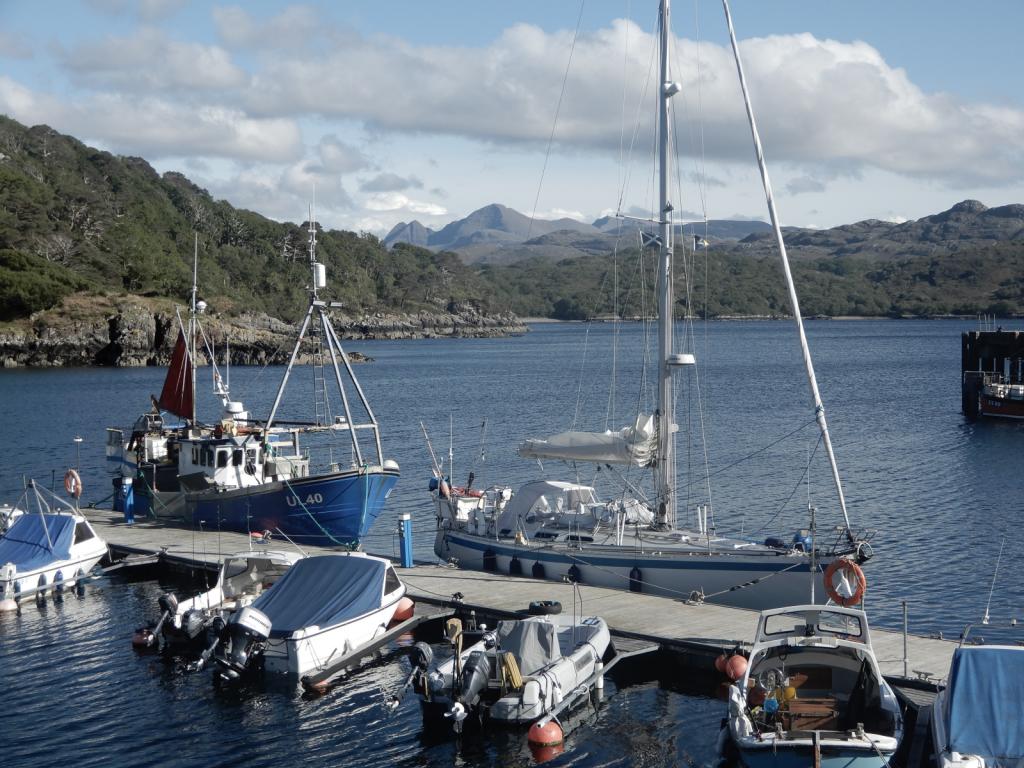 |
The Inner and Outer Hebrides, Orkney, Fair Isle, Shetland, Norway and Sweden's west coast.
1 Photo
Created 14 November 2019
|
|
Normandy, Scilly, Pembrokeshire, Ireland, Isle of Man, Northern Ireland, Inner Hebrides and the Crinan Canal.
1 Photo
Created 14 November 2018
|
Egret
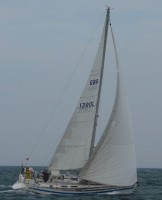
Who: Patrick & Amanda Marshall
Port: Chichester Harbour

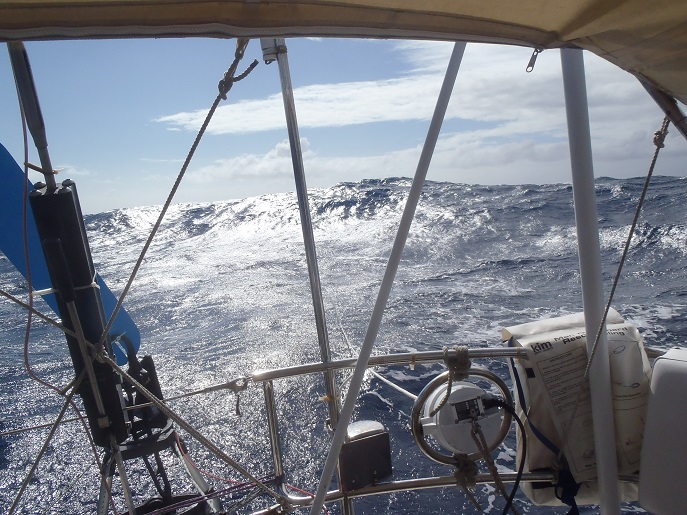

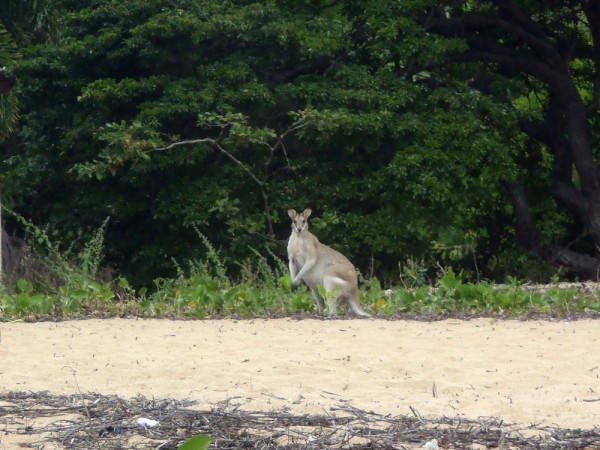
, Pentecost, Naghol (Land diving)a.jpg)
Amanda raising the Quarantine & New Zealand courtesy flagedit_edited-1 a.jpg)
